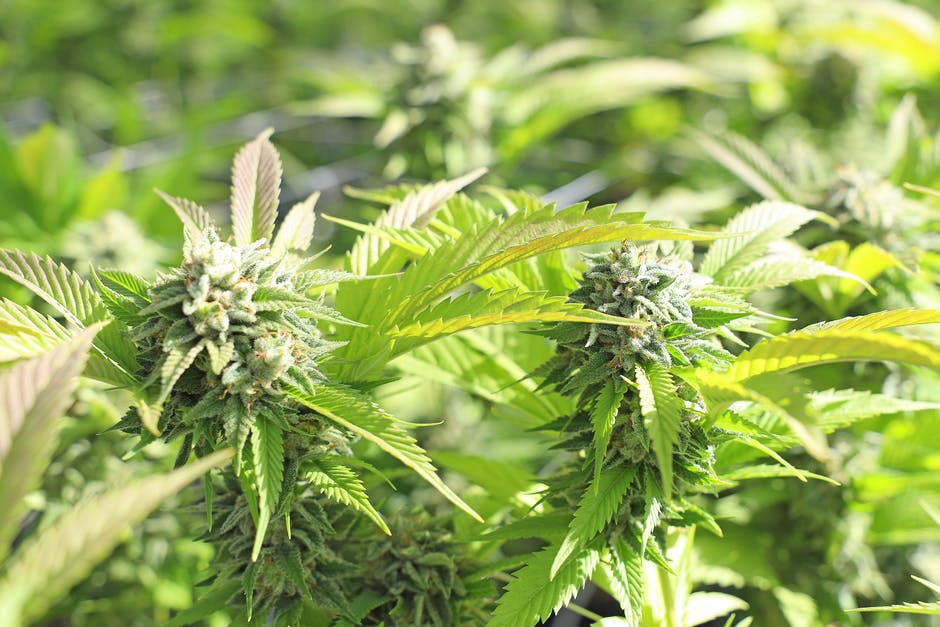
Research on CBD estimates the number of cannabinoids in the cannabis plant to be somewhere between 80 and 100. While some occur in trace amounts that prove difficult to quantify, others have become the cornerstones of booming industries.
What separates different types of cannabinoids, though? Why does it matter which cannabinoids can be found in a plant? What makes the best cannabinoids for the effects humans look for?
We’ll take a peek at the major cannabinoids and what makes them different from each other.
Why Are Different Types of Cannabinoids Different?
The cannabinoids in the plant serve different purposes. Some help the plant repel insects, while others provide the psychoactive effects associated with marijuana. No two do quite the same thing.
In nature, these chemicals help defend the hemp flower and other parts from potential attackers. The human endocannabinoid system can use them in other ways.
THC or “Delta-9” THC
THC, also known as delta-9 THC, has the psychoactive effects people think of when they think of marijuana. Most research indicates that no other cannabinoid causes these effects.
The government limits the amount of THC that can show up in products. Even products that have a large amount of CBD can only contain trace amounts of THC. Different strains of cannabis reduce the amount of THC in the plant.
Cannabinol
THC can sometimes turn into cannabinol as it breaks down. This process speeds up when a marijuana plant is improperly stored. While this cannabinoid hasn’t seen much research, it may have sedative or antibiotic properties.
THCV
You may sometimes see THCV mentioned in lists of cannabinoids. THCV bears some similarities to THC, but has a slightly different composition.
Despite the similar name, THCV doesn’t have much mental effect on humans. There may be some dose-dependent mental effects, but for the most part, this cannabinoid doesn’t have a meaningful presence.
Cannabidiol (CBD)
CBD has earned notoriety as one of the best cannabinoids for human consumption. Research on CBD indicates that it could have effects on sleep, comfort, and mood without psychoactive effects.
CBD has been made into many products. Some common products include oils, tinctures, and edibles.
Cannabigerol (CBG)
Cannabigerol has started attracting similar attention to CBD. Cannabigerol comes from younger plants than other cannabinoids, as it turns into the others over time.
Even less research has been performed on CBG than on other kinds of cannabinoids. Some areas scientists have started looking at include glaucoma, Huntington’s disease, and some bowel diseases. These early looks seem hopeful, but further research will be required before any meaningful health claims.
Other Cannabinoids
As mentioned earlier in the article, there are dozens of cannabinoids. Researchers haven’t scratched the surface of what this plant can do. If you’re interested in cannabis effects, keep an eye out for more research.
Shop Smartly
Most good businesses offer certificates of analysis with their products. These let you look at the different types of cannabinoids in the product. You can use these to get a sense of what a product can offer.
If you encounter an unfamiliar cannabinoid in a product, refer back to this article or give it a quick search. Hemp growth has only been legal for less than a decade, so research evolves constantly.
CBD and other cannabis products have a complex scientific and regulatory background. Take a look at a few of our other articles if you want to learn more.





